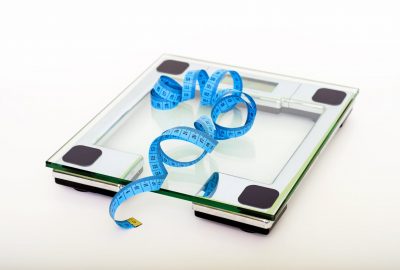In physical therapy and rehabilitation, measuring joint range of motion (ROM) is a core part of assessing progress and tailoring care. Traditionally, this has meant using a handheld goniometer—simple, manual tools that require training, time, and physical presence to use effectively.

But as care increasingly shifts outside the clinic and toward more data-driven models, clinicians and health systems are beginning to look for better ways to track movement.
That’s where digital goniometers come in.
While still an emerging technology, digital goniometers—especially those powered by computer vision—offer a modern alternative to traditional measurement tools. In this post, we’ll explore the advantages of digital goniometers and how platforms like Kemtai are redefining what’s possible in movement assessment.
What Is a Traditional Goniometer?

A traditional goniometer is a plastic or metal tool used to manually measure the angle of a joint—like the degree of knee flexion or shoulder abduction. A clinician aligns the goniometer with anatomical landmarks and reads the angle visually.
While inexpensive and widely used, traditional goniometers have limitations:
- Subjective: Different clinicians may produce different results.
- Manual: Takes time and effort during each session.
- Limited frequency: Measurements are typically only taken during in-person appointments.
- No remote application: Cannot be used for virtual care or self-assessment.
What Is a Digital Goniometer?
A digital goniometer captures joint angle measurements electronically. Some versions use wearable sensors; others operate through mobile apps. But the most advanced digital goniometers—like Kemtai’s—use computer vision to analyze movement automatically through a standard camera.
That means patients don’t need any additional hardware. They just use their phone, tablet, or laptop to complete guided exercises, and Kemtai’s platform tracks their ROM in real time.
Is accurate computer vision tracking possible?
Kemtai is the only computer vision platform with scientifically validated accuracy. In a recent third-party study comparing Kemtai’s digital goniometer to a Vicon 3D motion capture lab—the gold standard in biomechanics—Kemtai’s measurements were shown to be just as accurate even though the Vicon motion lab used 10 cameras and body sensors.
This level of precision, delivered through everyday devices without wearables or clinic visits, sets a new standard for scalable, remote-friendly ROM tracking.
✅ FDA-listed, HIPAA-compliant, and backed by independent validation.
Advantages of a Digital Goniometer Over Traditional Tools
✅ More Objective and Repeatable
Digital goniometers reduce the variability that comes with manual measurements. When powered by computer vision, they deliver consistent results without relying on clinician positioning or estimation.
✅ Real-Time Feedback
Kemtai’s digital goniometer tracks joint angles live during each movement, providing immediate feedback to patients and meaningful insights to clinicians.
✅ Scalable for Remote Care
With Kemtai, there’s no need for physical presence. Patients complete sessions from home, and clinicians monitor progress asynchronously or in real time—making it ideal for hybrid or virtual rehab models.
✅ Automated Documentation
Instead of writing down angles after each session, Kemtai captures and stores ROM data automatically—streamlining charting and supporting outcome reporting for value-based care.
✅ Increased Patient Engagement
Patients can see their progress with objective metrics, which helps motivate adherence and builds confidence in their recovery.
When Does It Make Sense to Use a Digital Goniometer?
While traditional goniometers may still have a role in basic in-person assessments, digital goniometers are ideal when:
- You want to scale care across multiple locations or homes
- You need quantifiable progress for outcome tracking or payer reporting
- You’re delivering virtual or hybrid physical therapy
- You’re managing patients with conditions requiring ongoing ROM monitoring (e.g., post-surgery, stroke, Parkinson’s, orthopedic injuries)
See Kemtai’s Digital Goniometer in Action
Whether you’re a health system, PT clinic, or digital rehab provider, Kemtai helps you measure what matters—accurately, objectively, and at scale.
Schedule a demo to see how Kemtai’s digital goniometer can elevate your patient care and documentation workflows.

